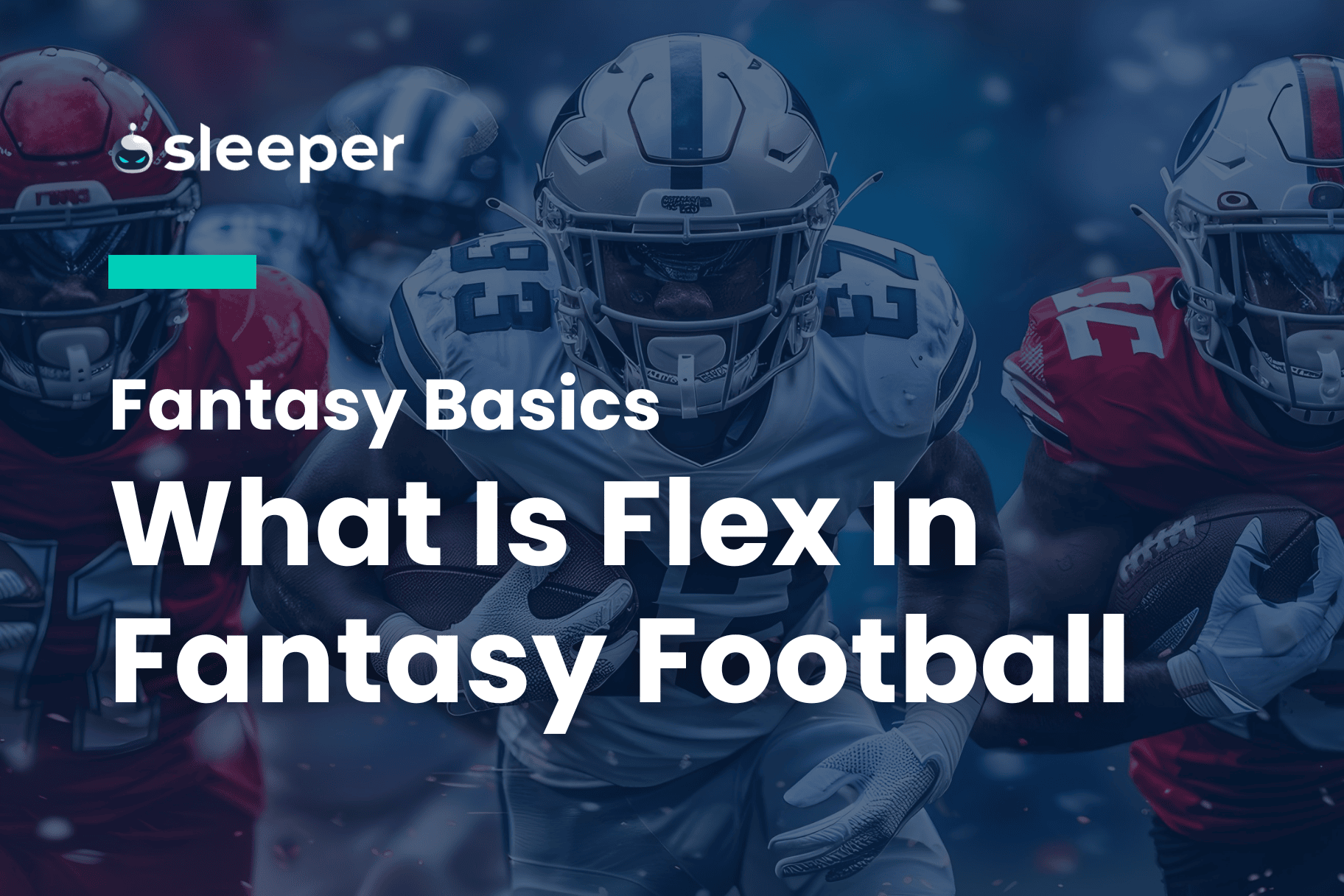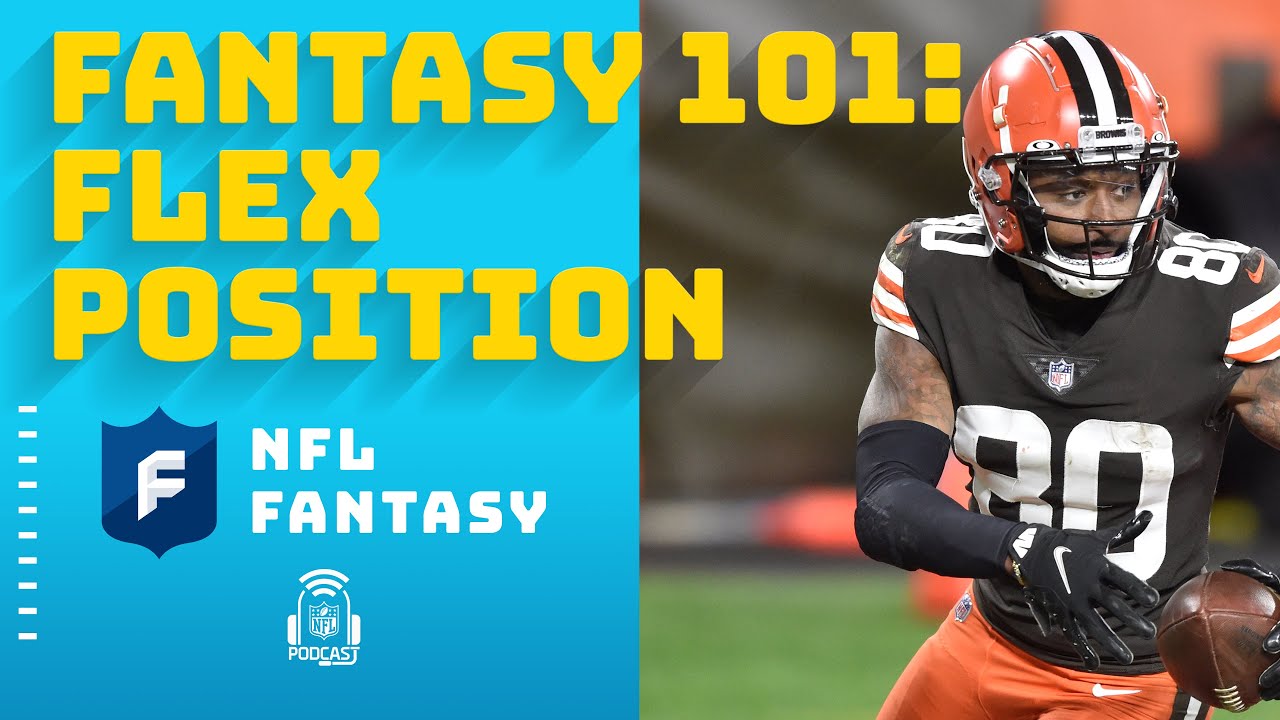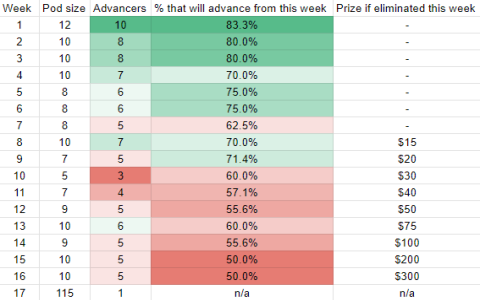Okay, let’s talk about this “flex” thing in fantasy football. I remember when I first jumped into a league, years back. Setting my lineup that first week, I saw all the usual spots: QB, RB, WR, TE, Kicker, Defense… and then there was this ‘FLEX’ spot sitting there.

Honestly, I didn’t have a clue. Was it some special kind of player? Did I miss drafting someone called ‘Flex Player’? I kinda stared at it for a bit, feeling a bit dumb. I think I just left it empty for a minute while I figured out the rest.
So, I poked around the league settings, maybe asked one of the guys who’d been playing longer. Took me a minute, but I figured out it wasn’t a specific position like a quarterback or tight end. It was more like a… wildcard spot.
Figuring Out the Options
Turned out, in most leagues I played in back then, you could stick either a Running Back (RB) or a Wide Receiver (WR) in that FLEX spot. Some leagues, the ones I prefer now actually, also let you put a Tight End (TE) in there. That was the key realization: it gave you flexibility, hence the name, I guess.
It wasn’t just about filling another required slot. It opened up strategy. Suddenly I was thinking, okay, I have my two main RBs and two main WRs starting. But who goes in the FLEX?
- Do I use my third RB because he might get goal-line carries?
- Or do I put in my fourth WR hoping for a long touchdown?
- If the league allowed TEs, maybe my second TE had a really good matchup that week?
Learning Through Mistakes (Lots of Them)
Man, I made some questionable calls early on. I definitely had weeks where I put the wrong guy in the flex and it cost me the matchup. I remember one specific time, I thought I was being clever starting some backup TE in the flex because the starter was injured… dude got me a big fat zero. Meanwhile, my RB3 on the bench went off for like 18 points. Learned that lesson the hard way.
I started paying more attention. I began looking at who my players were playing against that week. You know, the matchups. If my RB3 was playing the worst run defense in the league, maybe he was the better flex play than my WR3 who was facing some shutdown cornerback. It wasn’t just about who my best remaining player was, but who had the best chance to actually score points that specific week.
Checking the Rules is Key
Another thing I learned, thankfully not too painfully, is that you HAVE to check your specific league’s rules for the flex. Most standard leagues I’m in now use RB/WR/TE for the flex. But I joined a league once, didn’t read the fine print, and it was only RB/WR. Tried to stick a TE in there and the platform wouldn’t let me. Felt like an idiot again.
And then there’s the whole ‘Superflex’ thing you hear about sometimes. Those leagues often let you put a second QB in the flex spot! That changes everything, makes QBs way more valuable. Point is, always, always check your league settings first so you know exactly who you can even put in that flex position.

How I Handle It Now
So now, setting my flex is just part of the weekly routine. Once I’ve got my main starters locked in, I look at the remaining RBs, WRs, and TEs on my bench.
I check their matchups. I look at what the fantasy websites project them to score (though I take those with a grain of salt). Usually, I lean towards putting the player I think has the highest ceiling or the safest floor, depending on if I feel like I’m the underdog or favorite that week. Most often, it ends up being another RB or WR because they tend to score more consistently than TEs, but if I have two really solid TEs, sometimes one ends up in the flex.
Basically, the flex spot is your chance to get one more potential point-scorer into your lineup from the RB, WR, or TE positions (usually!). It adds a nice layer of strategy beyond just filling the basic roster requirements. You just gotta figure out who gives you the best shot that week.






